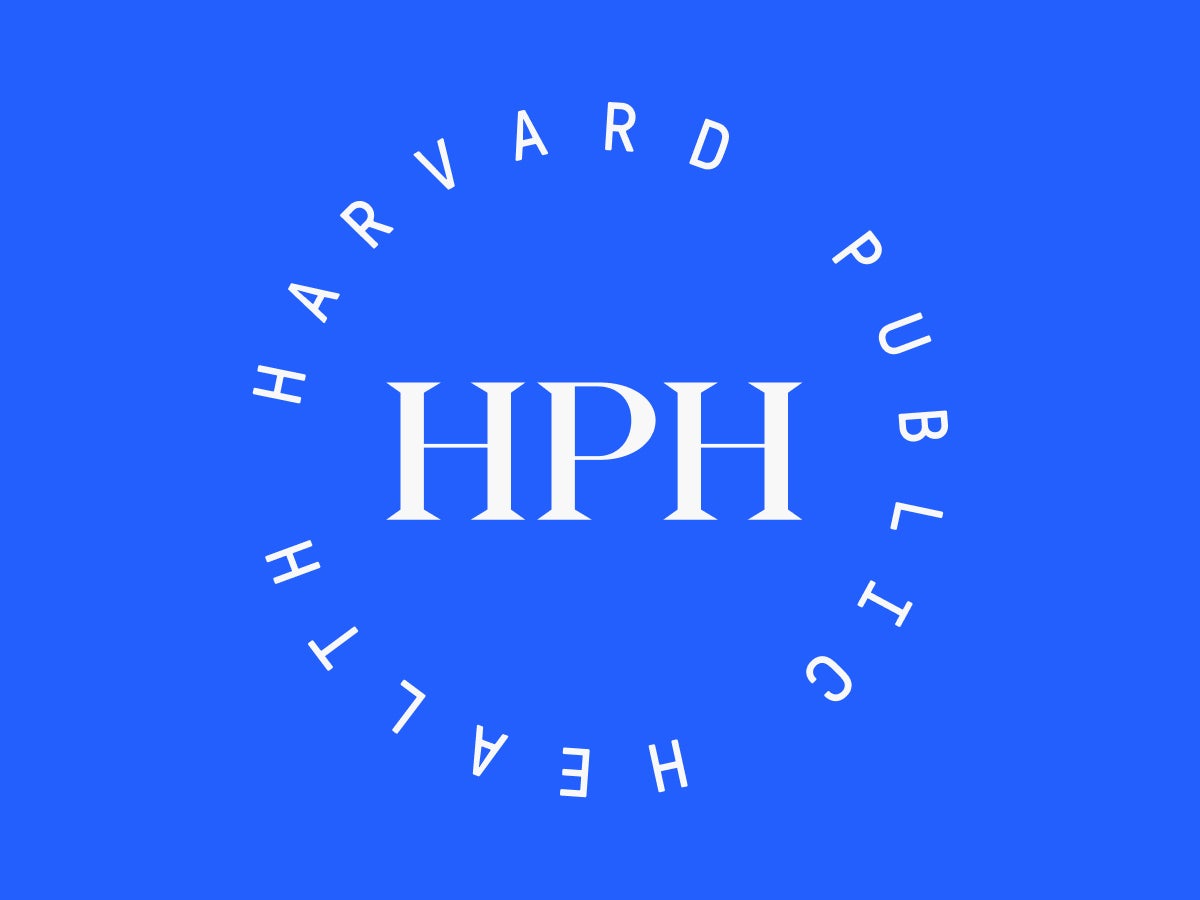
Opinion
Marijuana’s evolution has outpaced U.S. regulation
Few of our consumption choices are straightforward these days: Milk-milk or oat milk? Sugar, stevia, or monk fruit? Similarly, marijuana isn’t the straightforward, laid-back plant some might recall from the past. It’s evolved significantly—and not necessarily for the better.
A National Institutes of Health (NIH) study found that long-term marijuana use increases the likelihood of mental health disorders, including schizophrenia, in people who are genetically predisposed. Daily users are five times more likely to develop psychosis than non-users. Marijuana-related emergency room visits have surged, particularly among adolescents and young adults, in states with legalized recreational use. And although many people use marijuana without problems, some become addicted.
Sign up for Harvard Public Health
Delivered to your inbox weekly.
Today’s cannabis products can contain levels of THC—tetrahydrocannabinol, the compound that makes users high—as high as 90 percent, a staggering leap from the two to three percent THC concentrations typical of the 1970s. This isn’t just a nostalgic nod to simpler times; it’s a public health alarm.
Yet we continue to treat marijuana use as a footnote in the conversation about drugs. There’s no consistent national policy to address these risks, leaving public health at the mercy of state politics. Twenty-four states have made marijuana legal for recreational use.
Now there’s a narrow but significant opportunity for the federal government to create a more consistent policy. The Biden administration has begun the process of rescheduling cannabis under the Controlled Substances Act, and Robert F. Kennedy Jr., President-elect Donald Trump’s nominee to run the Department of Health and Human Services, has suggested he’ll continue the push.
The process would downgrade marijuana from Schedule I—where it’s grouped with heroin and LSD—to Schedule III, allowing more research. But it would also give the federal government a chance to regulate marijuana use.
Standardized labeling is critical. Currently, THC products often fail to disclose potency clearly, leaving consumers to guess at a product’s strength. It’s like buying a bottle labeled “alcohol” without knowing if it’s beer or rum. Just as alcohol is labeled with its alcohol by volume (ABV) percentage, and tobacco products carry prominent warnings, THC products need transparent, federally mandated labels.
A “Cannabis Facts Panel”—like the nutrition labels on all food—could indicate not just THC potency, but also as well as potential effects and risks. The National Cannabis Industry Association (NCIA) has already proposed this type of standardization, arguing that clear labeling empowers consumers to make informed choices.
Canada offers a roadmap for addressing these concerns. Federal regulations there include THC potency caps of 10mg per serving and 1,000mg per package, standardized labeling, and a clear age minimum for purchase. These measures haven’t stifled the cannabis industry; instead, they’ve created a safer and more predictable market. The U.S. can and should follow suit, adapting similar strategies to fit its own regulatory landscape.
Federal guidelines must include caps on THC potency to mitigate the risks of these hyper-concentrated products. Health providers and public health campaigns should focus on increasing awareness of the risks of high-potency THC, especially for younger users. By learning from Canada’s successes and applying the lessons from our regulation of tobacco and alcohol, we can safeguard public health without reversing legalization.
Marijuana’s evolution has outpaced our regulatory systems. Ironically, marijuana is often touted as a way to reduce anxiety, but regular use of high-potency THC can amplify anxiety. This paradox underscores a fundamental misunderstanding about the risks of today’s cannabis products. It’s the public health equivalent of throwing water on a grease fire—good intentions gone horribly wrong. This misalignment leaves consumers, especially young adults, vulnerable to its unintended consequences. And yet, marketing strategies, particularly on social media, glamorize these high-strength options, targeting younger consumers.
Federal oversight is overdue. Clear, standardized labeling of THC products must become the norm. We have the data, the science, and the tools to act. Let’s not wait for this issue to spiral further out of control. It’s time to prioritize public health and ensure a safer, smarter approach to marijuana in America.
Image: Mary Delaware / Source images: Adobe Stock


